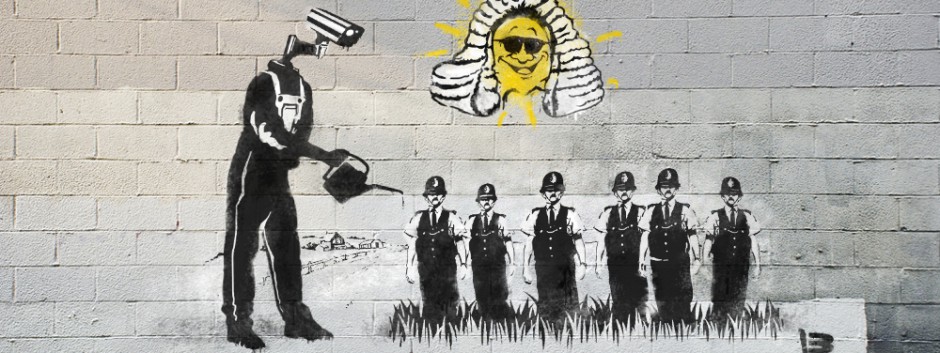Literally:
McLuhan’s, The Message is the Medium explains to the reader that the Medium influences how a message is perceived. McLuhan talks about the rise of technology through history and tells the reader that although automation has eliminated jobs., it has created new roles for people that weren’t possible before this development in technology. For example, he speaks about “light” as a type of Medium. Although light may not exhibit “content,” it has become a necessary means of communication. As Shakespeare says, “It speaks, and yet says nothing.” In other words, light is a powerful medium of communication. We could use this Medium to send the message with the discovery of electricity.
Intellectually:
McLuhan states:
“Positively, automation creates roles for people, which is to say depth involvement in their work and human association that our preceding mechanical technology had destroyed. Many people would be disposed to say that it was not the machine, but what one did with it was its meaning or message.”
When interpreting what McLuhan might have meant by this idea, I immediately thought “mechanical” to “electric.” While the printing press was an innovation that allowed information to be documented, it was a mechanical machine that took an incredible amount of meticulous labor and time to print copies. With the discovery of electricity, we were able to speed up the process of printing and spreading information with the help of electrical machines. A new medium in which we can portray a message.
Emotionally:
I did find McLuhan’s writing to be a bit dense. I found myself re-reading sentences trying to grasp his ideas. However, I think his vision of the Medium is the message is brilliant. Upon further research by this author, I found out that the internet didn’t even exist in his time. Despite that, I can relate his writing to modern-day society. I think it’s pretty interesting that this author has created a timeless piece in such a way that it pertains to the past, present, and future.
Connection:
I can relate a specific part of McLuhan’s work to Gee’s idea of “The Great Divide.” Gee uses the dichotomy of “orality vs. literate.” In The Medium is the Message, McLuhan says:
“Leonard Doob, in his report Communication in Africa, tells of one African who took great pains to listen each evening to the BBC news, even though he could understand nothing of it. Just to be presence of those sounds at 7 p.m. each day was important for him. His attitude to speech was like ours to melody- the resonant inotation was meaning enough.
This passage is an example of orality vs. literate. In the sense that this African man was not literate in the English language but merely enjoyed the orality of the news broadcast as if it were a “melody.”
Literally:
The Arts of the Contact Zone By Mary Louise Pratt tells the reader about her idea of “contact zones.” Contact zones are social spaces where cultures can either meet or clash. Pratt explains how contact zones are forms of expression that show different perspectives. However, contact zones can often be misunderstood. She states that we should look for ways to implement contact zone into curricula while retaining mutual respect.
Intellectually:
The question was raised: “Are teachers supposed to feel that their teaching has been most successful when they have unified the social world, probably in their own image?”
I think it’s important that teachers implement contact zones in the classroom, even if it’s from their own image or point of view. In the current American education system, it is common that teachers are educating based on a methodological standard. It’s hard to bring the unification of worlds when everything is written in the factual sense versus the transcultural approach. When Pratt gives us the example of her son, Sam, and how baseball cards opened many different doors for him, such as phonics, history, finances, etc.; his connection to baseball cards and their cultural background opened a pathway that allowed him to dig deeper into something more meaningful than the typical education system.
Emotionally:
I found the example of Pratt’s son relatable to my own experiences. Growing up, I had many hobbies, which opened the door to different ideas and interests. In addition, the hobbies I grew up with allowed me to unify cultures and see the world from many different perspectives. Those hobbies ranged from reading to gaming on different platforms.
Connection:
Pratt’s examples of contact zone can be related to Postman’s writing because Thamus feared that people would write. He means to say that those who cultivate competence in the use of technology become an elite group. New Chronicle shows us the importance of ethnographic texts and how they enabled a “contact zone” for cultural unification. While Thamus feared that technology would result from an elite group, we can see in New Chronicle that that wasn’t the case.




Nice, thorough job here, Naila.